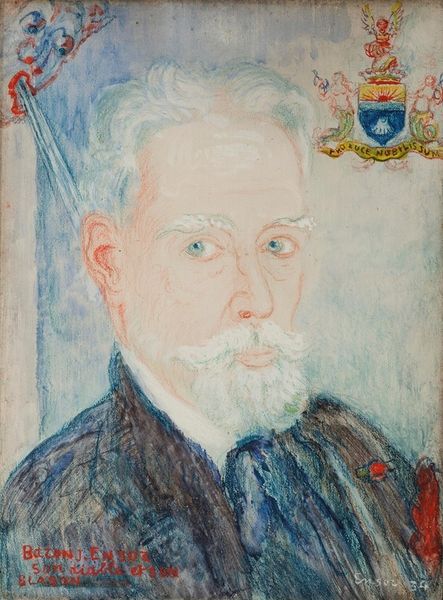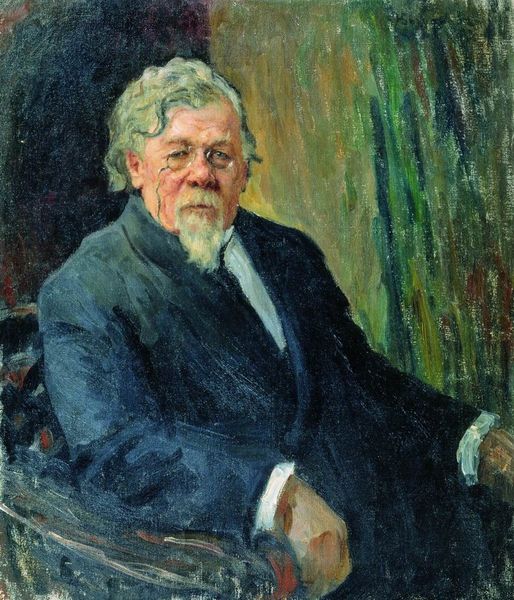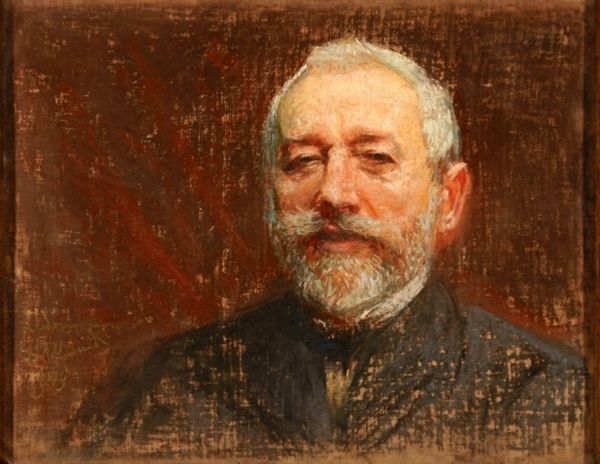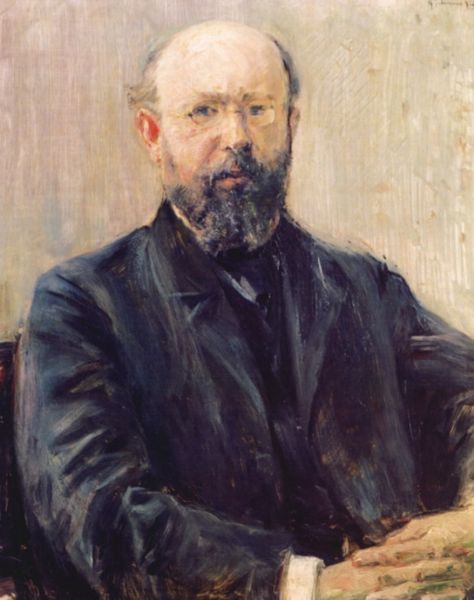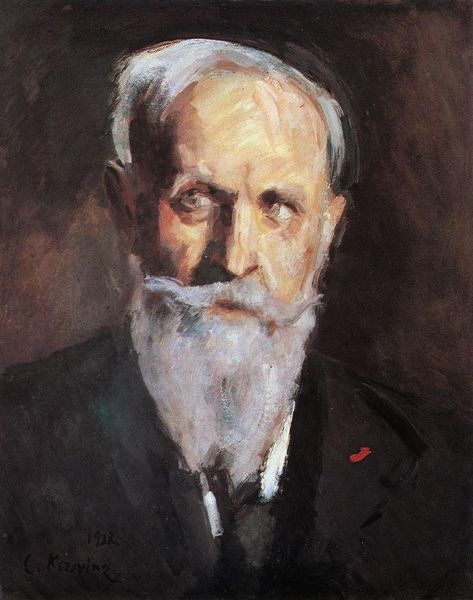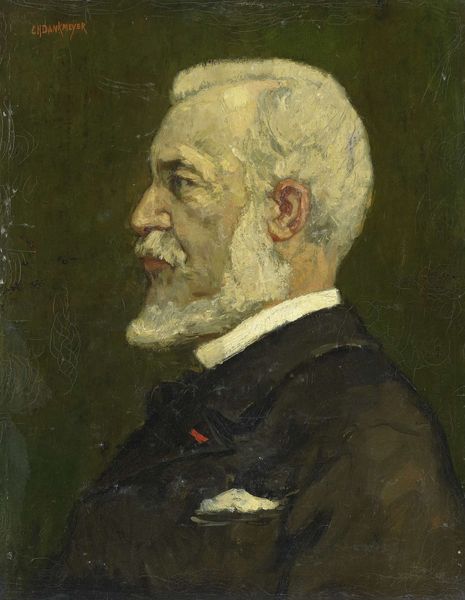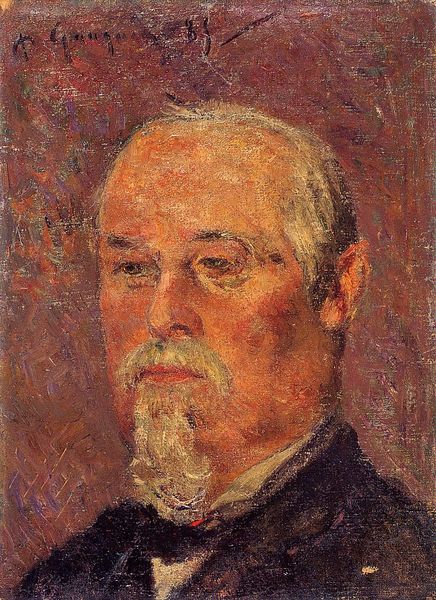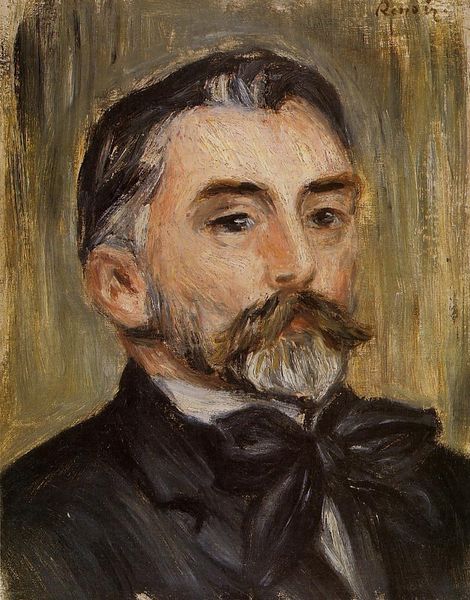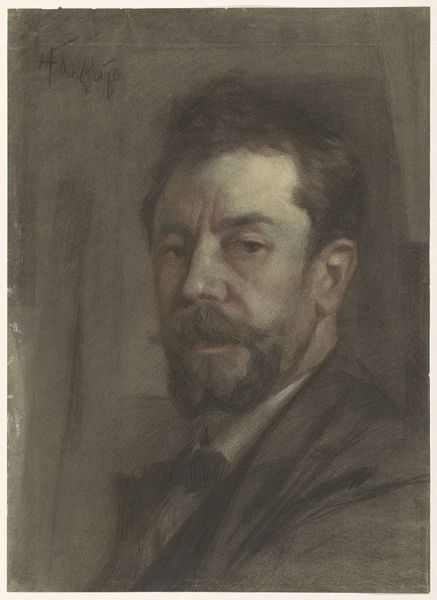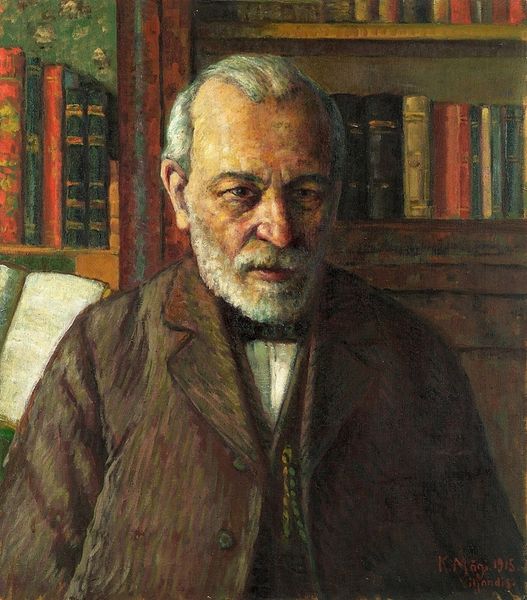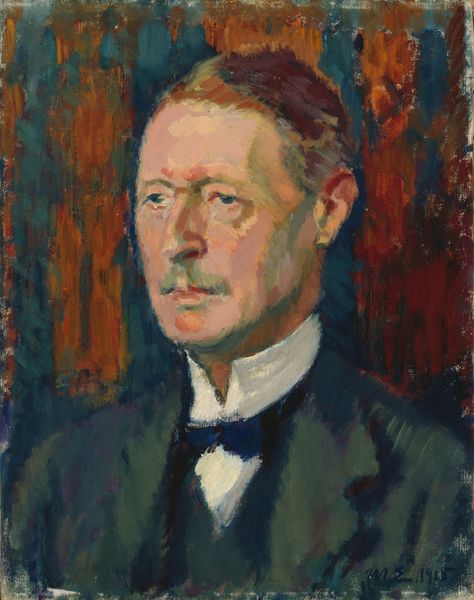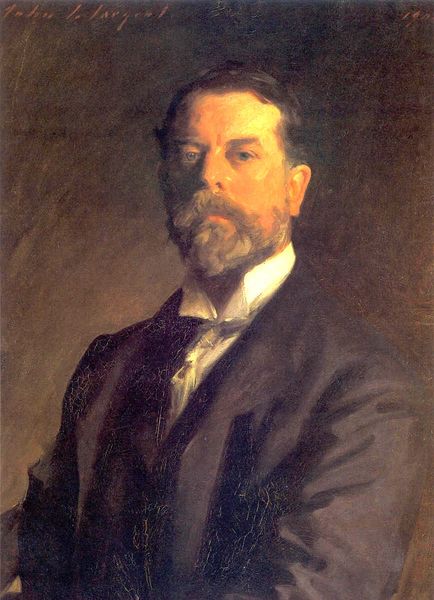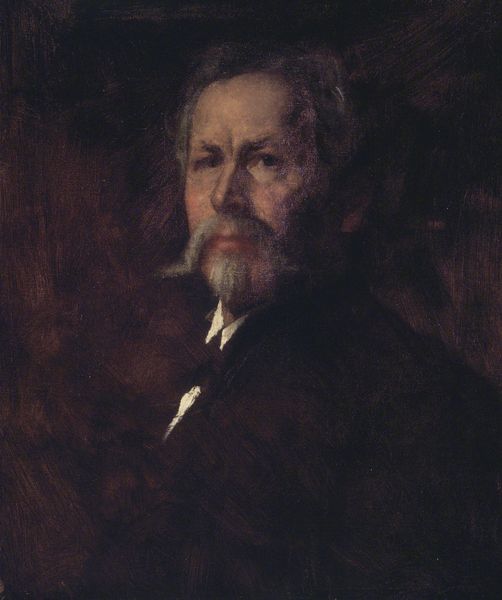
oil-paint
#
portrait
#
self-portrait
#
impressionism
#
oil-paint
#
figuration
#
oil painting
Copyright: Public domain
Curator: Here we have a self-portrait by Henri Martin. Immediately, one notices the textured brushstrokes and the overall warmth of the color palette. Editor: The materiality draws me in instantly. It's clear this is oil paint, applied in a very particular, almost Pointillist fashion, isn't it? The brushstrokes themselves seem to generate a sort of labor, building the image meticulously. Curator: Precisely. Now, consider Martin's positioning within the art world of his time. This self-portrait isn't merely an exercise in vanity, it's a declaration of self, painted against a shifting societal landscape, and should be viewed against backdrops of colonial history, race, and emerging French nationalism. Editor: I agree. The individual brushstrokes represent more than aesthetic choices; each is a unit of labor—a mark of production. One can ask whether these dots reflect both high-minded artistry and routine construction? What were the specific methods by which this was built from start to finish, including any involvement of assistants and other workers in creating such an ambitious piece? Curator: The formality of the attire contrasts with the vibrant textures, creating a tension. I believe this portrait speaks volumes about self-fashioning—Martin's consciousness of his identity, navigating artistic and social terrains during a volatile moment of time. This brings up so many topics—race, sexuality, national and political allegiance. Editor: Yes, I wonder, for example, about the pigments themselves. Where were the materials sourced? How were they processed? Did that involve a labor of grinding pigments? Also what effect did those manufacturing methods, supply chains, or particular vendors have on his art production, or his position within the art community? Curator: These paintings act almost like palimpsests—traces of the past intersecting the present—they encourage dialogue with intersectional narratives, questioning accepted interpretations of art history itself. Editor: And the dialogue with contemporary production chains… it seems almost incomplete, and to me, leaves a door open for understanding consumption and material practice from both his time and our time now. Curator: Indeed, this self-portrait encapsulates an entire world. A small but complicated testament, isn't it? Editor: Absolutely, and it leads us into new fields of exploration surrounding the intersection of creation and culture.
Comments
No comments
Be the first to comment and join the conversation on the ultimate creative platform.
